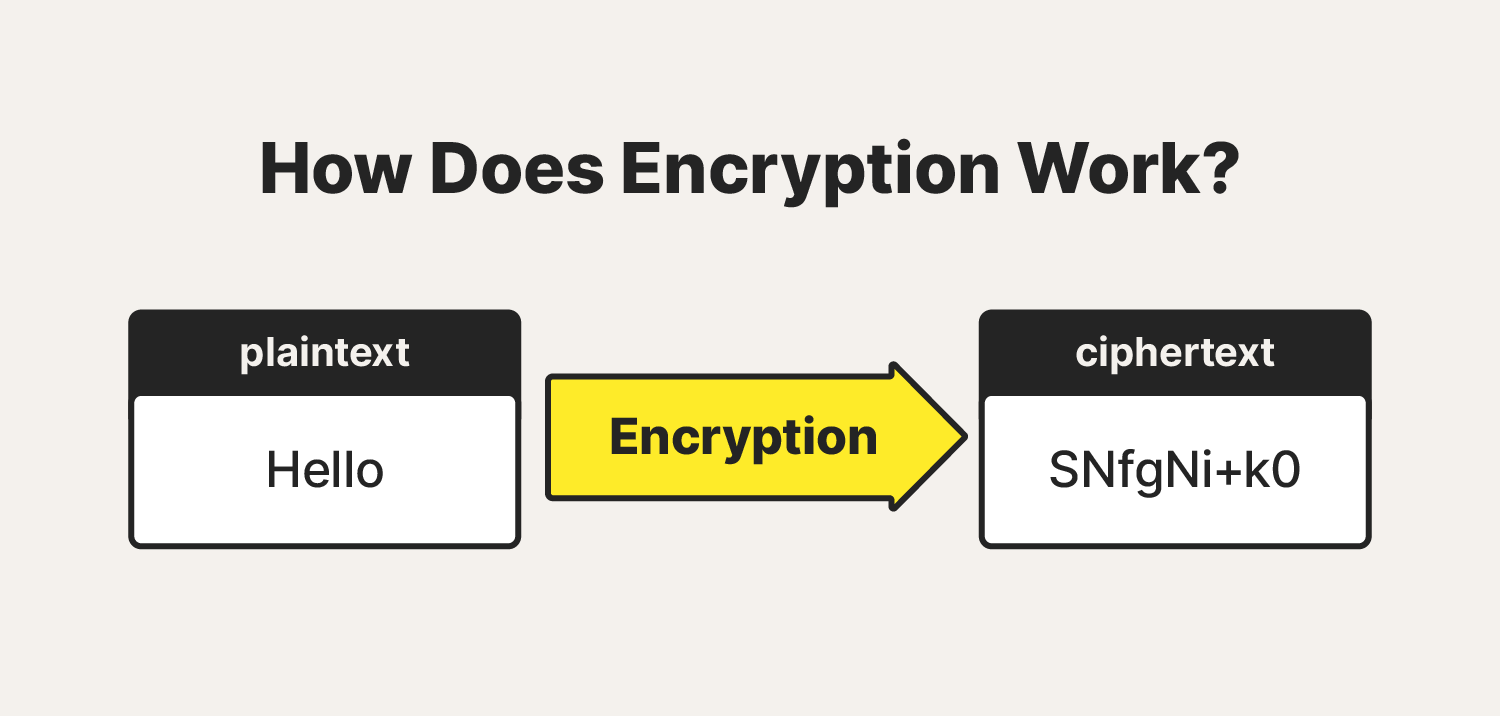In an era where sensitive information is consistently transmitted across vast swathes of digital landscapes, HTTPS emerges as a bastion of security and privacy. But what lies at the heart of this protocol? The answer is undeniably linked to ciphers—sophisticated algorithms that encrypt data transmitted over the Internet. While many may appreciate the superficial benefits of HTTPS, exploring its intricacies—especially through a Christian perspective—can unveil deeper theological and ethical implications. This article delves into why HTTPS necessitates ciphers and the foundational roles these cryptographic mechanisms play in securing our digital communication.
1. The Nature of Communication in a Digital World
Communication, whether in person or through digital mediums, is elemental to human existence. In the Christian tradition, God is often depicted as a communicator, establishing covenants and dialogues with humanity. Similarly, HTTPS represents a framework for connectivity. Yet, this divine metaphor of communication faces threats in the online sphere; attackers lurk like predators, seeking to capture and exploit unguarded transmissions. Herein lies the necessity of ciphers; they act as the safeguards of our digital discourse, ensuring that sensitive information remains protected from prying eyes.
2. Understanding Ciphers: The Tools of Encryption
At its core, a cipher is a methodical process that transforms plaintext—readable data—into ciphertext, which appears as an incomprehensible jumble. This transformation is achieved using a mathematical algorithm and a unique key. Two principal types dominate the landscape: symmetric and asymmetric ciphers. Symmetric ciphers utilize a single key for both encryption and decryption, while asymmetric ciphers employ a pair of keys—a public key for encryption and a private key for decryption. The duality of these systems resonates with the Christian notion of unity and distinction, where one can perceive the unity of purpose in safeguarding information but recognizes the distinct roles played by these keys.
3. The Role of Ciphers in HTTPS
HTTPS (HyperText Transfer Protocol Secure) integrates various protocols, prominently featuring SSL/TLS (Secure Sockets Layer / Transport Layer Security), which incorporate the use of ciphers to ensure data integrity and confidentiality. Ciphers are the bedrock of this security layer. When a user engages with a website, their browser negotiates a secure connection through a series of complex handshakes, establishing parameters for encryption via ciphers. This process assures that the transmitted data—such as personal information, payment details, or sensitive conversations—remains confidential, much like the way the sacredness of certain religious practices is cloaked in privacy.
4. The Reflection of Ethical Considerations
Within a Christian ethical framework, the discourse surrounding privacy and confidentiality is profound. The sanctity of one’s personal information parallels the Biblical principles of stewardship and protection. Just as Christians are called to be guardians of one another’s well-being, HTTPS ciphers act as guardians of our digital identities. In a world rife with exploitation and misinformation, employing ciphers is not merely a technical necessity; it’s an ethical obligation to protect individuals against harm. Through encryption, one can reflect God’s call to love and protect our neighbors, even in the digital realm.
5. Ciphers and Trust
Building trust is foundational in both faith-based communities and online interactions. HTTPS ciphers foster trust by providing assurance that communications are secure and authentic. When individuals see the padlock icon in their browser, a sense of safety envelops them—a digital reassurance reminiscent of the peace that faith provides in the heart of believers. This transparent security bolsters relationships, facilitating open dialogue without the constant specter of eavesdropping. In this context, HTTPS becomes not only a technical measure but a conduit for faith in digital engagements.
6. The Dangers of Neglecting Ciphers
To neglect implementing robust ciphers within HTTPS is to open the floodgates to potential malignancy. Cyberattacks can ripple through weak security measures, leading to data breaches and identity theft. Theologically, this neglect might be seen as a failure to uphold the sanctity of one’s responsibilities toward others—a deviation from the Christian call to care for the vulnerable. Inaction in protecting digital communications resonates with the biblical charge to be watchful and vigilant. The ramifications of lax security extend beyond technical drawbacks; they challenge ethical commitments to safeguarding one another.
7. The Future of HTTPS and the Evolution of Ciphers
As technology advances, so too must our understanding and implementation of ciphers. Quantum computing looms on the horizon—a formidable force that threatens traditional encryption methods. In response, researchers are developing post-quantum cryptographic approaches, a testament to humanity’s relentless pursuit of security in the face of evolving threats. From a Christian viewpoint, this endeavor can be framed as a reflection of God’s call for creativity and resilience. The ongoing evolution of ciphers embodies a commitment to protect the sanctity of communications deemed worthy of protection.
In conclusion, HTTPS’s reliance on ciphers represents not only a technical necessity but a deeply rooted ethical and theological imperative. The embodiment of security woven into the fabric of digital communications calls forth a reflection on the principles of stewardship, trust, and protection integral to the Christian faith. Just as God communicates with humanity, we, too, must communicate securely, cherishing the sanctity of our interactions across the vast, interconnected expanse of the digital world. In safeguarding our data through ciphers, we uphold not just technology but the dignity of human connection.









Leave a Comment